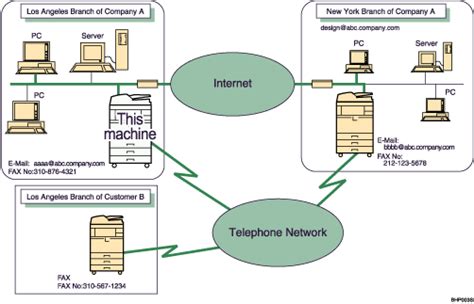Fax Transmission: A Comprehensive Guide to Speed
Faxing, while seemingly outdated in our digital age, remains a crucial communication method in specific sectors like healthcare, finance, and legal. Understanding how to optimize fax transmission speed is key to efficiency and productivity. This comprehensive guide delves into the factors influencing fax transmission speed, offering practical tips for improvement.
What Affects Fax Transmission Speed?
Several factors contribute to the speed of fax transmission. Let's break them down:
1. Modem Speed:
This is perhaps the most significant factor. Older modems operate at slower speeds (e.g., 28.8 kbps, 56 kbps), significantly impacting transmission times. Modern modems, however, often support much higher speeds, resulting in faster fax transmissions. A faster modem is crucial for sending large documents quickly.
2. Line Quality:
A poor phone line connection can severely hamper transmission speed. Noise, interference, and low signal strength can cause frequent interruptions and retransmissions, dramatically increasing the time it takes to send a fax. A clean, clear line is essential for optimal speed.
3. Document Size and Complexity:
Larger, more complex documents with high-resolution images or graphics take longer to transmit than smaller, text-only documents. Reducing the document size (e.g., by lowering resolution or converting to black and white) can greatly improve transmission speed.
4. Distance:
The physical distance between the sender and receiver can influence transmission speed. Longer distances can introduce signal degradation, leading to slower speeds.
5. Network Congestion:
If you're using a network fax system, network congestion can affect transmission speed. High network traffic can slow down the entire process.
How to Improve Fax Transmission Speed
Now that we understand the contributing factors, let's explore strategies to enhance fax transmission speed:
1. Upgrade Your Modem:
Consider upgrading to a high-speed modem if you're using an older one. The investment will pay off in terms of improved speed and efficiency.
2. Optimize Your Phone Line:
Ensure your phone line is clear of interference. Check for any loose connections or potential sources of noise. If using a VoIP fax system, ensure a stable internet connection.
3. Reduce Document Size:
Before sending a fax, consider reducing the document size. Convert color images to grayscale, lower the resolution, or remove unnecessary elements to minimize file size. This significantly impacts transmission time.
4. Use a Dedicated Fax Line:
Avoid using a shared phone line, as other calls or data traffic can interfere with the fax transmission. A dedicated line ensures uninterrupted transmission.
5. Choose the Right Fax Machine/Software:
Modern fax machines and software often offer advanced features like error correction and compression, enhancing transmission speed and reliability.
6. Schedule Transmissions During Off-Peak Hours:
If using a network fax system, scheduling transmissions during off-peak hours can avoid network congestion and improve speed.
Frequently Asked Questions (FAQs)
Why is my fax transmission so slow? Slow fax transmission is often due to a combination of factors, including an outdated modem, poor line quality, large document size, or network congestion.
How can I speed up faxing over the internet? Ensure a stable and fast internet connection, optimize your document size, and use reliable fax software.
Is there a way to send faxes faster than traditional methods? Yes, using high-speed modems, optimized documents, and dedicated lines can significantly improve fax transmission speeds beyond traditional methods.
This comprehensive guide provides a solid foundation for understanding and improving fax transmission speed. By addressing these factors, you can ensure efficient and timely communication, even with this enduring technology. Remember, a small investment in upgrading equipment or optimizing your workflow can yield significant improvements in productivity.

